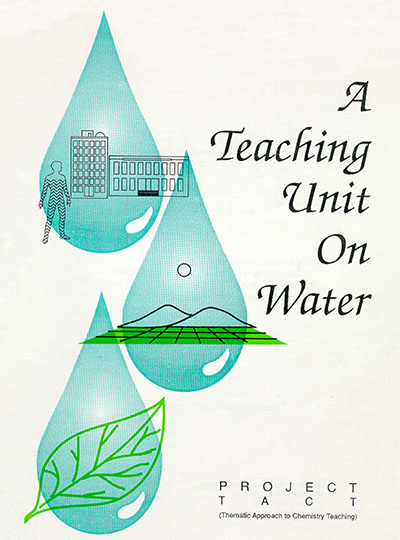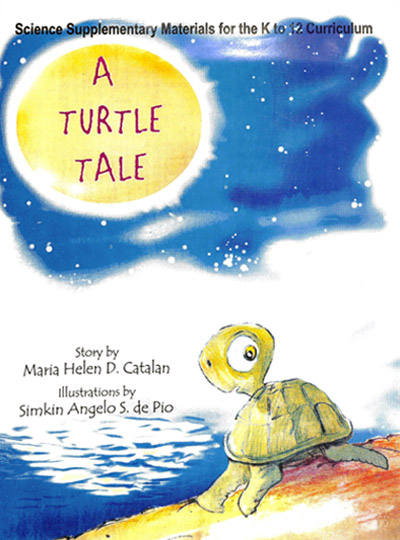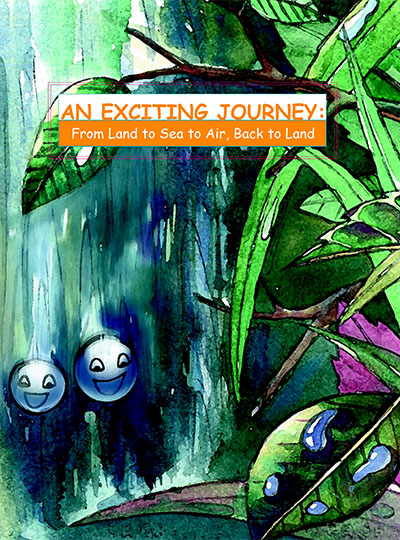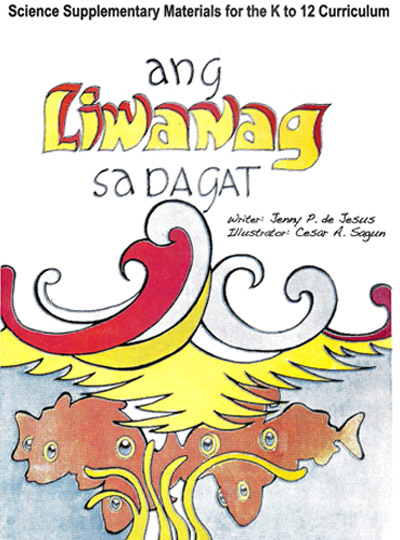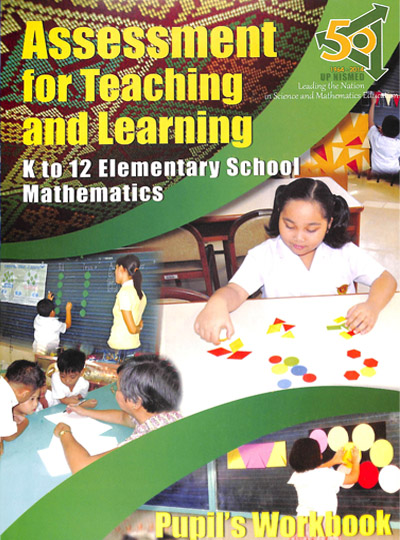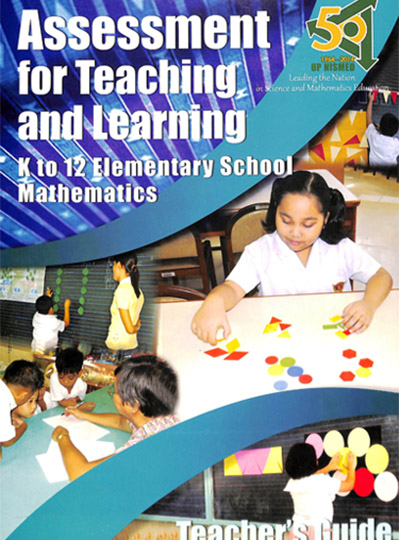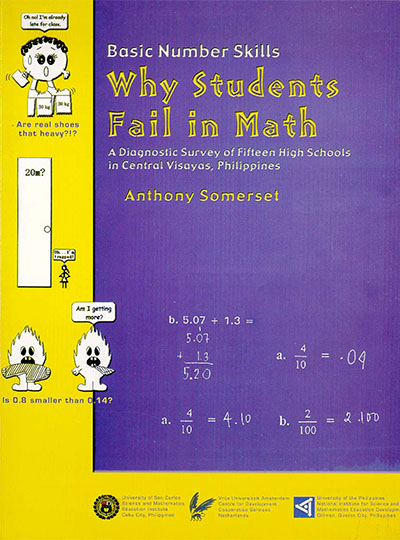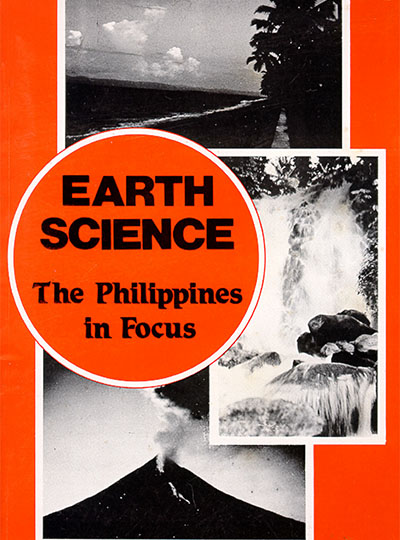Project TACT stands for Thematic Approach to Chemistry Teaching. This approach presents chemistry through various contextual themes instead of the usual disciplinal topics. The three major themes selected are CHANGE, ENERGY, AND MATERIAL.
This teaching unit is part of the theme CHANGE. It looks into the changes occurring in the water environment, particularly those brought about by the activities of man. It discusses the contribution of chemistry towards ensuring required water quality for certain uses. The chemistry of water, its nature, properties, and structure in as-relation to the uses of water.

